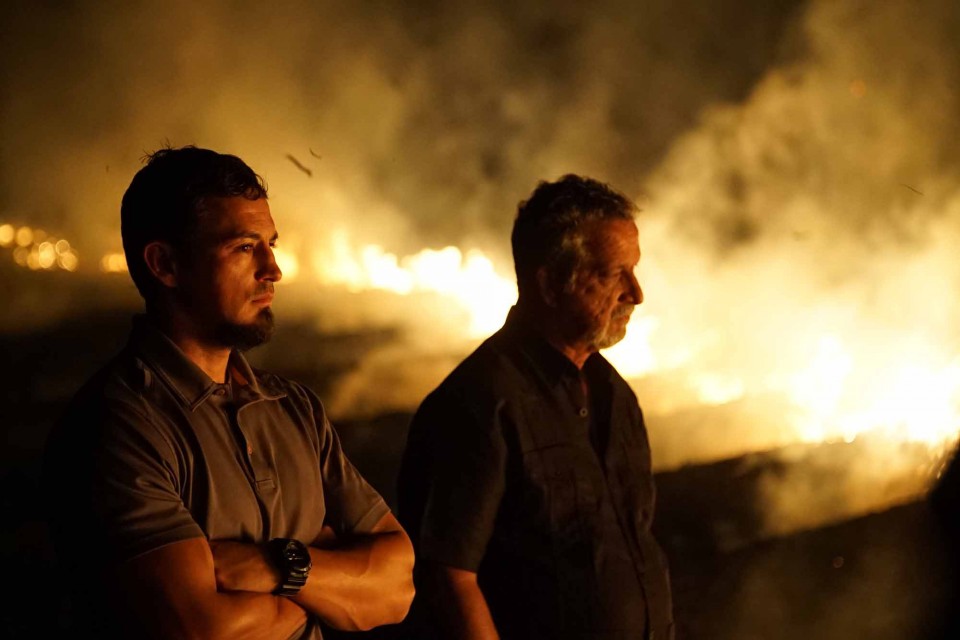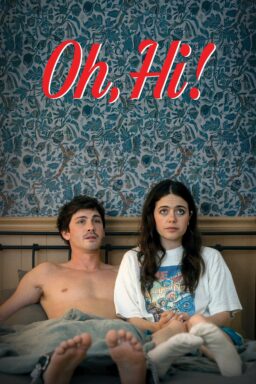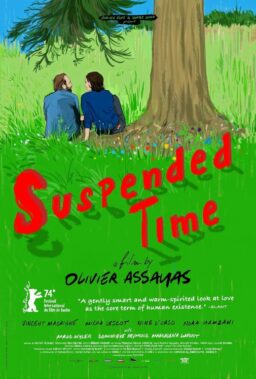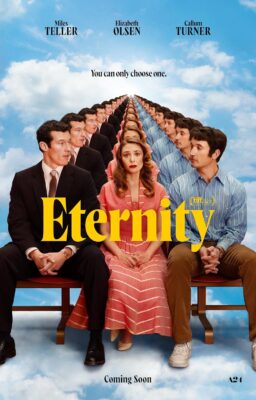Barry Levinson and Tom Fontana helped define the way I watch TV. It was 23 years ago in January of 1993 that a cop drama called “Homicide: Life on the Street” premiered on NBC. Fontana had done brilliant writing for “St. Elsewhere” years earlier and would arguably revolutionize television even more with “Oz” a few years later on HBO, but I think of “Homicide” when I hear his name, especially in conjunction with Levinson, who directed on that show as well. “Homicide” was simultaneously deeply realistic and true art, feeling like we were both living with real characters and experiencing the art of great TV writing. It has influenced dozens of cop shows that followed, including HBO’s “True Detective,” which has, in turn, now influenced Discovery’s “Killing Fields,” premiering Tuesday, January 5th, and produced by Fontana and Levinson. A hybrid of “Serial” or “The Jinx” and the Louisiana grit of “True Detective,” “Killing Fields” is a curiosity for true crime fans only. In the case of its premiere episode, an interesting mystery is hampered by over-production, scripted interview scenes and other signs of a show trying to please instead of just letting the action unfold.
The case within “Killing Fields” is a cold one. Eugenie Boisfontaine lived in the small community of Iberville Parish, Louisiana. In 1997, just a few miles from Baton Rouge and near the campus of LSU, Boisfontaine was murdered. She disappeared for two months; her body later found badly decomposed in swamp. She had been brutally beaten and left like garbage in a barely-populated bayou. The case haunted Detective Rodie Sanchez through his retirement to such a degree that he’s returned to the force to try to solve it again. With cameras following, and a new young partner named Aubrey St. Angelo, Sanchez hits the case hard, interviewing all of the major players, retesting evidence, and looking at the murder from every possible angle.
“Killing Fields” makes a big deal about being in “real time,” as in we follow the case as test results come back and suspects are interviewed (like most true crime shows, to be honest). And yet “reality” is what’s overshadowed by TV effects in “Killing Fields.” Why so much overheated music, flash cuts, slow motion, etc.? It reminds one how a more subtle approach like that in “Making a Murderer” can be so much more effective. There’s quality stuff in here, but it’s buried under non-stop production flourishes. It’s as if Fontana and Levinson didn’t trust the case itself to capture the attention of their viewers. Even what we hear from Sanchez starts to sound oddly scripted. Did he really say a variation on “It’s the cases you don’t solve that will haunt you till the day you die” roughly fifteen times? Possibly. But we get it.
And what’s even more disturbing is how much information is missing in favor of these scripted lines and flashy visuals. For example, Sanchez is convinced that a local serial killer, a man called “The Jack the Ripper of Louisiana,” who killed two women who lived near Boisfontaine, isn’t their guy. Why? There’s never an explanation given. Just heated music, slow motion and another jump cut. Shows like “Making” and “Serial” trust their viewers to take the journey without hand-holding or flashy filmmaking. It’s possible “Killing Fields” will slow down after the premiere and settle into its case with a more procedural approach. If not, the viewers who loved “Serial” and “Making a Murderer” that Discovery are trying to court will likely check out.












